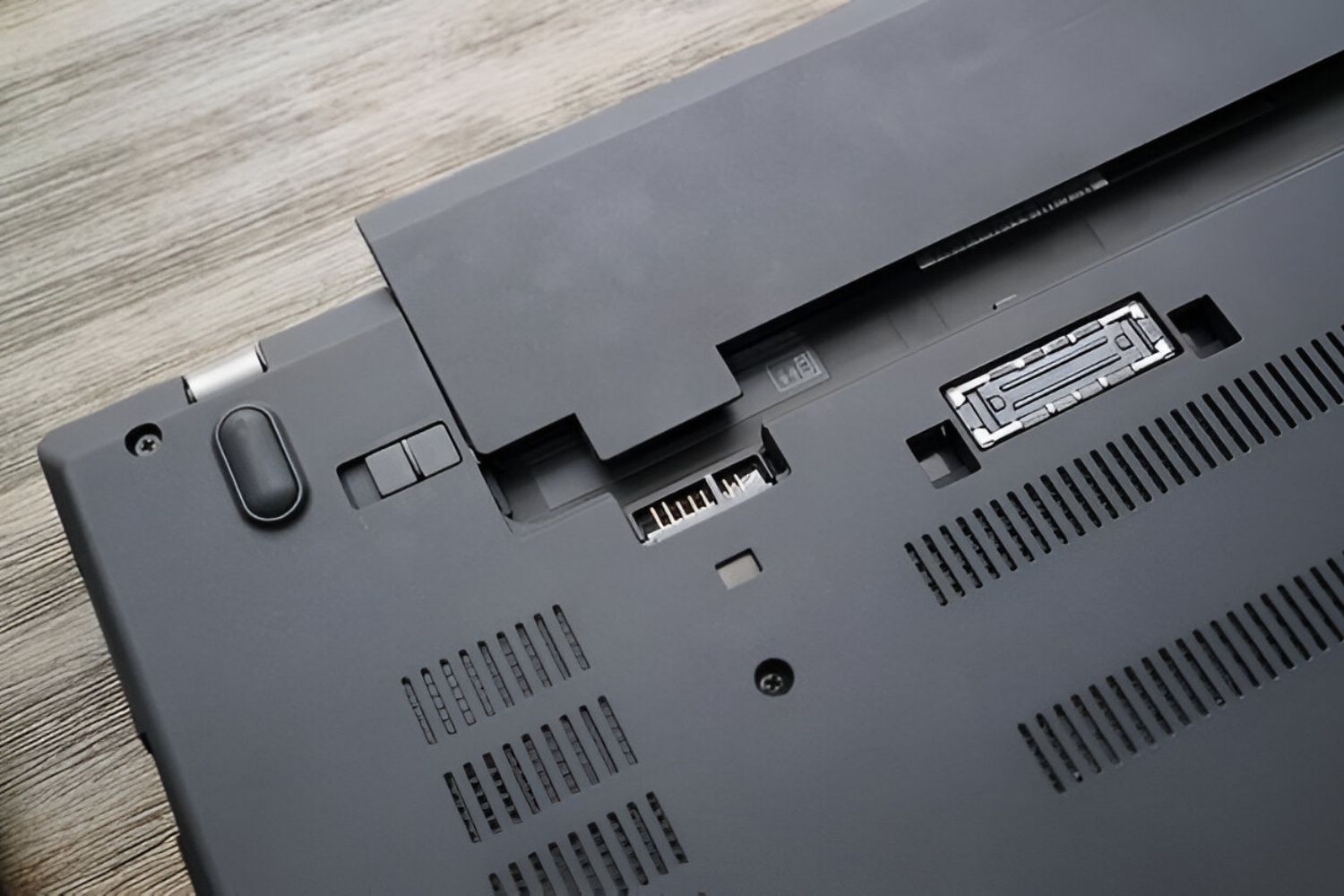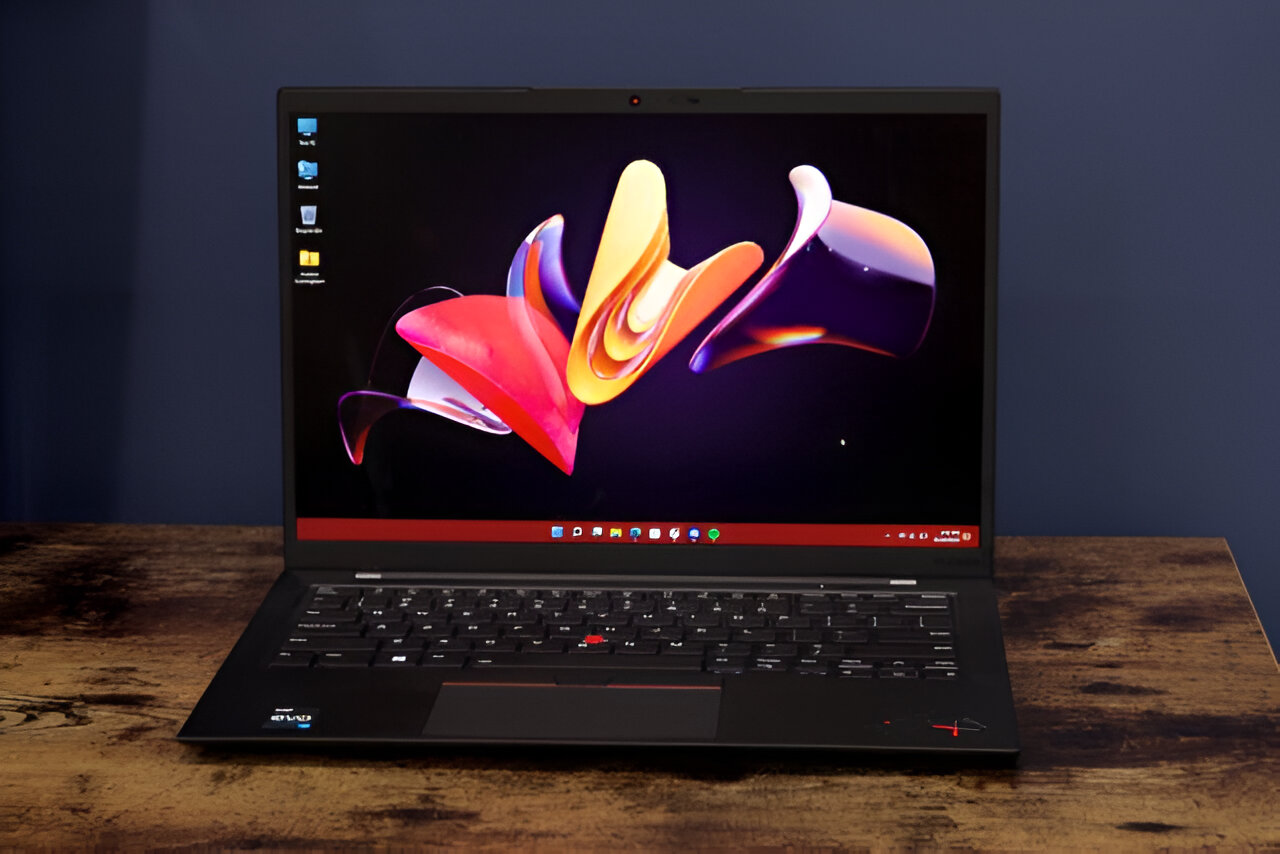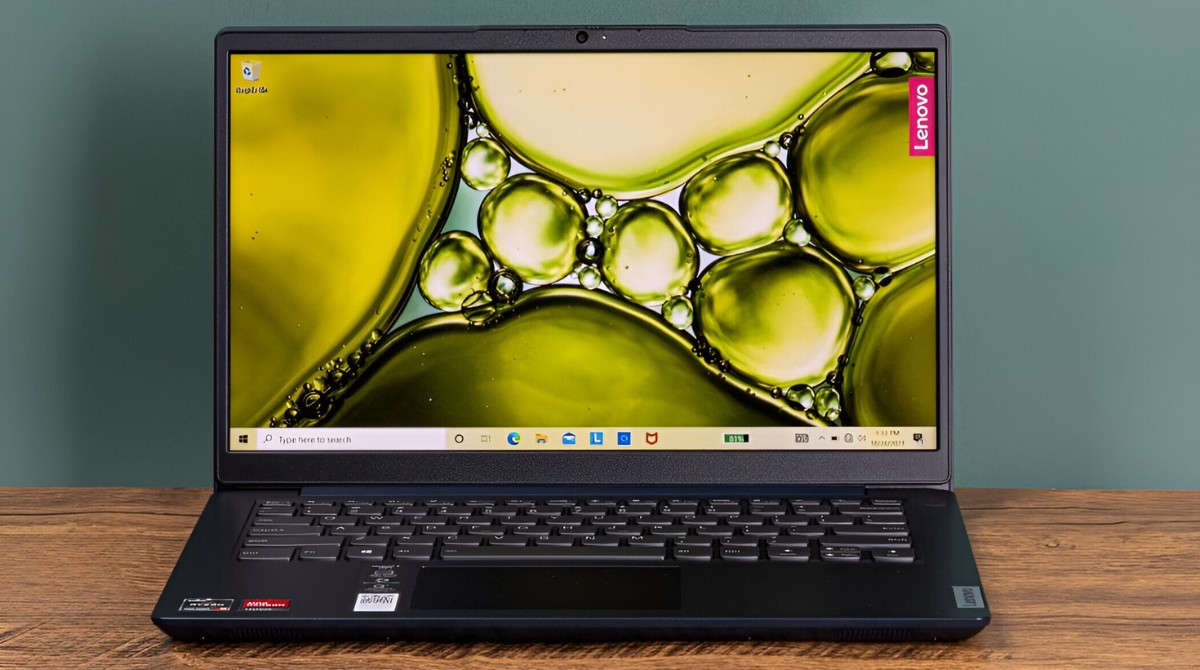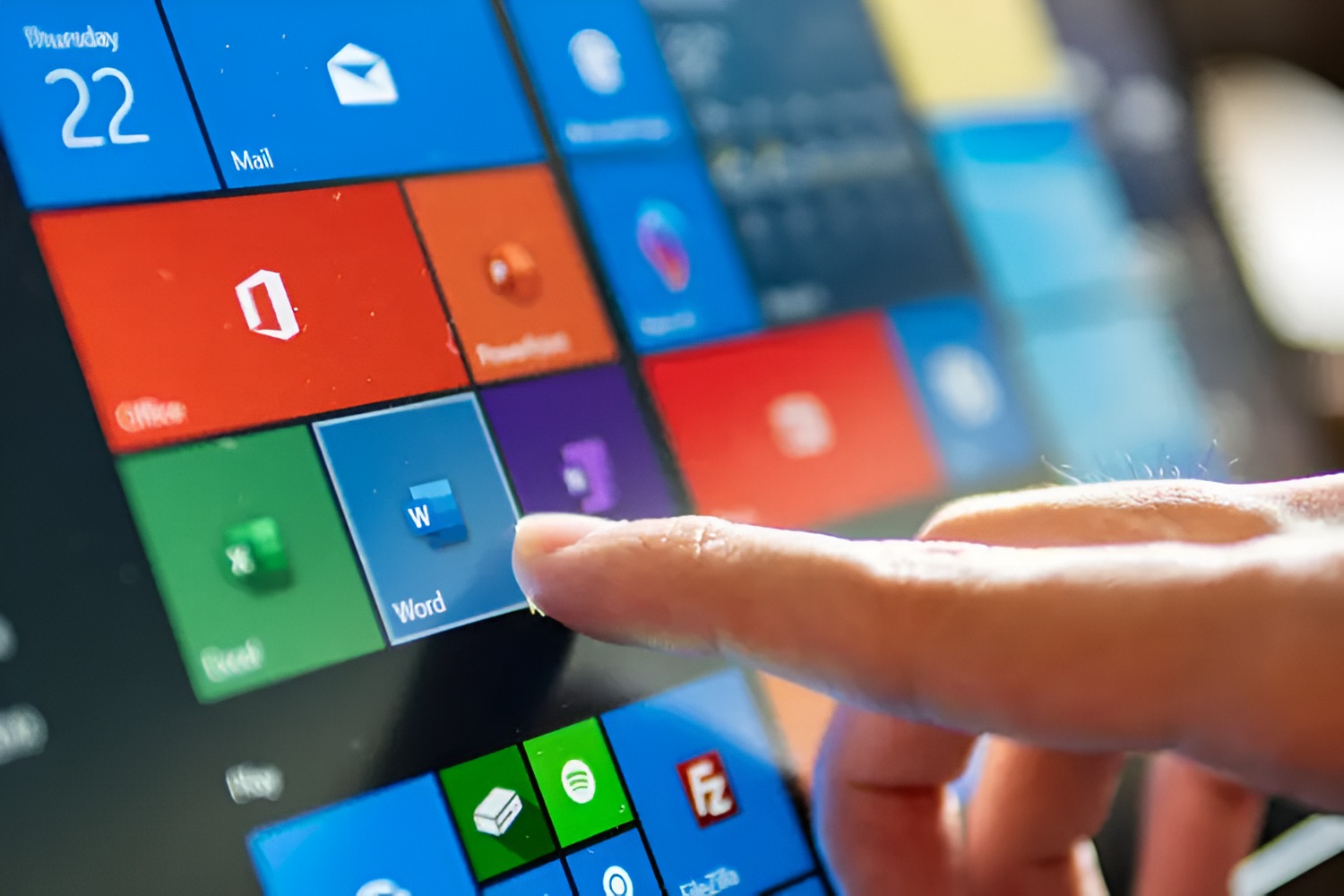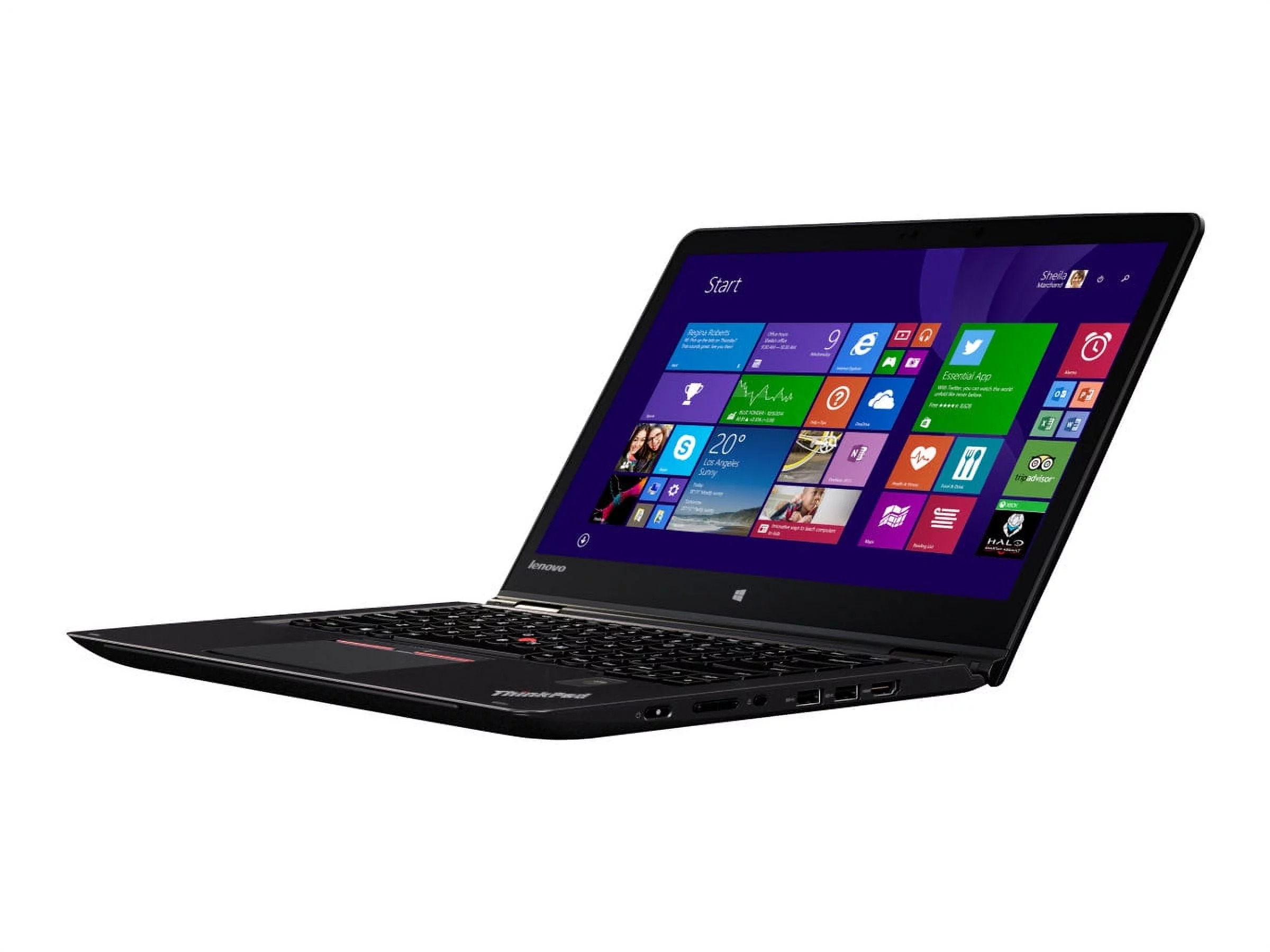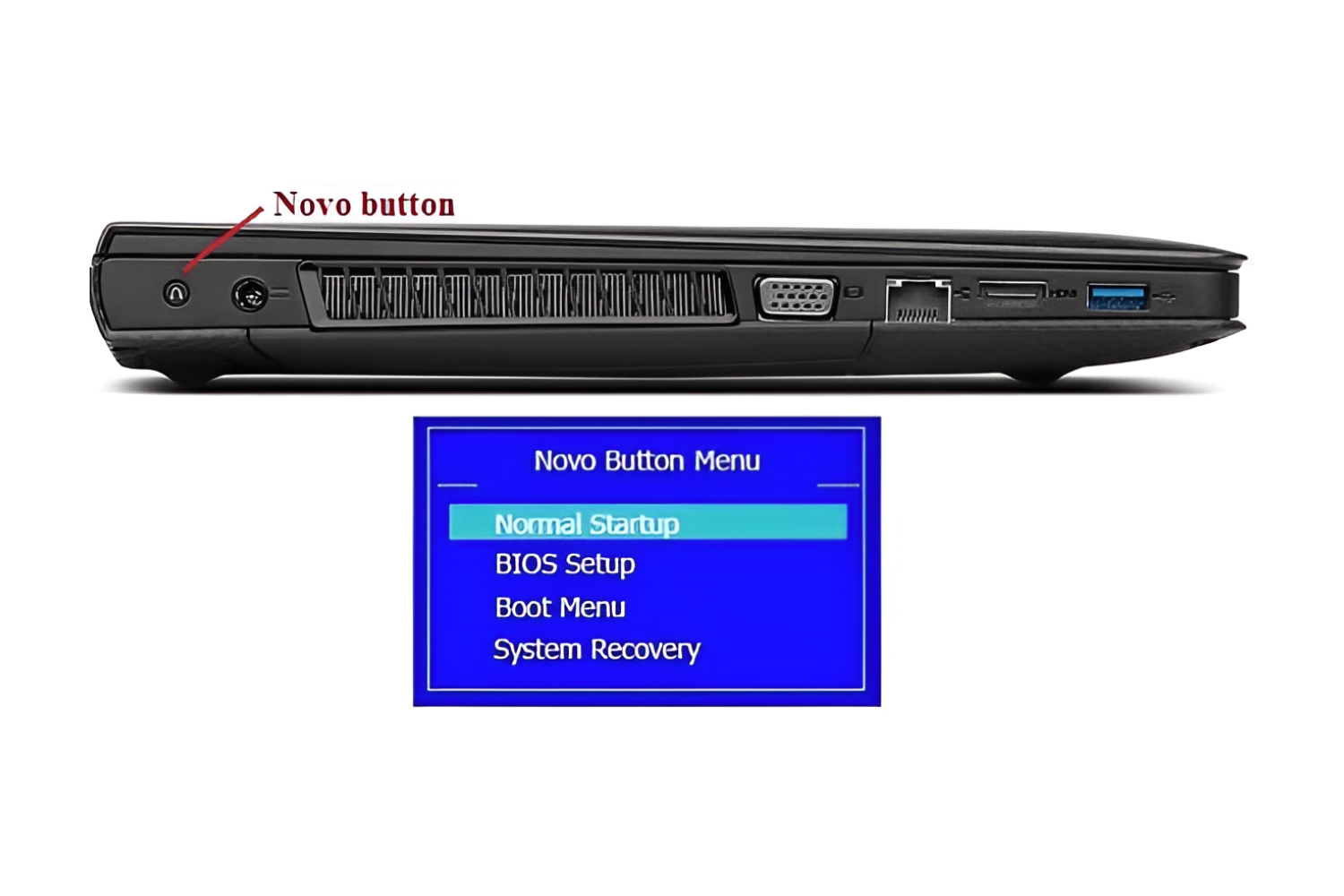Introduction
Welcome to our guide on how to disable the battery in your Lenovo Ultrabook. Lenovo laptops are known for their impressive performance and long-lasting battery life. However, there may be occasions where you want to disable the battery temporarily. Whether you are performing maintenance tasks, troubleshooting issues, or simply want to conserve battery power, this guide will walk you through the process step by step.
Modern Ultrabooks, including those made by Lenovo, come equipped with built-in batteries that cannot be easily removed without opening up the device. As such, disabling the battery requires a different approach compared to traditional laptops with removable batteries. The process might seem a bit daunting at first, but with the right instructions and a little patience, you can successfully disable the battery in your Lenovo Ultrabook.
Before proceeding, it’s important to note that disabling the battery should only be done when necessary and with caution. Disabling the battery means that your Ultrabook will solely rely on external power sources, such as AC adapters, and will not have any backup power if the external power source is interrupted. Therefore, it is essential to make sure you have a stable power supply before proceeding with the battery disablement.
Throughout this guide, we will provide you with a step-by-step approach to disable the battery in your Lenovo Ultrabook. We will also discuss alternative methods that you can consider depending on your specific model and needs. Additionally, we will highlight the benefits and drawbacks of disabling the battery to help you make an informed decision.
So, without further ado, let’s dive into the process and learn how to disable the battery in your Lenovo Ultrabook!
Why would you want to disable the battery?
There are several reasons why you might want to disable the battery in your Lenovo Ultrabook. Let’s explore a few scenarios where disabling the battery can be advantageous:
- Maintenance and troubleshooting: Disabling the battery can be helpful when performing maintenance tasks or troubleshooting issues with your Ultrabook. By disconnecting the battery, you can ensure that there is no power flowing through the system, minimizing the risk of any electrical mishaps.
- Conserving battery life: If you’re primarily using your Lenovo Ultrabook as a desktop replacement and rarely rely on battery power, disabling the battery can help conserve its overall lifespan. Lithium-ion batteries, which are commonly used in modern laptops, degrade over time even when not in use. By disabling the battery, you can prevent unnecessary battery drain and extend its longevity.
- Preventing accidental power drain: There may be situations where you want to ensure that your Lenovo Ultrabook stays powered off, even if it accidentally gets turned on. Disabling the battery provides an effective way to keep the device completely powered down and prevent any accidental power drain.
- Addressing power-related issues: In some cases, you may encounter power-related issues with your Lenovo Ultrabook, such as unexpected shut downs, battery not charging, or battery drain even when the device is powered off. Disabling the battery temporarily can help diagnose if the issue lies with the battery or other components of the system.
It’s important to note that while disabling the battery can be useful in certain situations, it is not a permanent solution and should not be done without careful consideration. The battery is an essential component of your Lenovo Ultrabook, providing you with the flexibility of using the device on the go. Disabling the battery should only be done when necessary and with a clear understanding of the potential consequences.
Now that we understand why you might want to disable the battery, let’s move on to the step-by-step guide on how to do it in your Lenovo Ultrabook.
Step-by-Step Guide to Disable Battery in Lenovo Ultrabook
Disabling the battery in your Lenovo Ultrabook involves a few specific steps. The exact process may vary depending on your specific model, so it’s important to refer to the user manual or support documentation provided by Lenovo for your particular device. However, the following general guidelines should give you a good starting point:
- Shut down your Ultrabook: Before attempting to disable the battery, make sure your Lenovo Ultrabook is powered off completely. This will ensure a safe and controlled environment for the battery disablement process.
- Disconnect power sources: Unplug any external power sources, such as the AC adapter or any USB charging cables, from your Ultrabook.
- Locate the battery connector: Open your Ultrabook’s back panel or access the battery compartment to locate the battery connector. This connector is typically a small cable that connects the battery to the motherboard.
- Disconnect the battery connector: Carefully unplug the battery connector from the motherboard. Use gentle pressure and avoid pulling forcefully, as this can damage the connector or other components.
- Confirm battery disablement: Once the battery connector is disconnected, the battery should no longer be supplying power to your Lenovo Ultrabook. To double-check, press the power button to see if the device remains off. If it does, then the battery disablement process was successful.
It’s important to note that these steps provide a general idea of the battery disablement process. The specific steps and configurations may differ depending on your Lenovo Ultrabook model. Therefore, it’s crucial to refer to the official documentation for your device to ensure you are following the correct procedure.
Remember, disabling the battery in your Lenovo Ultrabook should be done with caution and only when necessary. Always take appropriate safety measures and consult professional assistance or Lenovo support if you have any doubts or concerns.
Now that you have a basic understanding of the battery disablement process, let’s explore alternative methods you can consider for disabling the battery in your Lenovo Ultrabook.
Alternative Methods to Disable Battery in Lenovo Ultrabook
While the step-by-step guide outlined earlier is the most common method to disable the battery in a Lenovo Ultrabook, there are a few alternative methods you can consider depending on your specific model and needs. Let’s explore these alternative methods:
- Lenovo Vantage software: Some Lenovo Ultrabooks come with pre-installed software called Lenovo Vantage. This software provides users with various system management options, including the ability to disable the battery. Launch the Lenovo Vantage software, navigate to the Power tab, and look for any battery-related options that allow you to disable the battery temporarily.
- BIOS settings: Accessing the BIOS settings of your Lenovo Ultrabook can often provide additional control over hardware components. You may find an option in the BIOS settings that allows you to disable the battery. To access the BIOS settings, restart your Ultrabook and press the appropriate key (usually F2, F12, or Delete) during the boot process. Once in the BIOS settings, navigate to the Power or Battery section and look for any battery disablement options.
- Third-party software: There are several third-party software applications available that provide advanced power management features, including the ability to disable the battery. These software programs can offer more flexibility and customization options compared to the built-in solutions provided by Lenovo. Some popular options include BatteryCare, Battery Limiter, and Battery Optimizer.
When using alternative methods to disable the battery in your Lenovo Ultrabook, it’s essential to ensure compatibility and reliability. Verify that the software or settings you are using are compatible with your specific model and version of the Ultrabook. Additionally, exercise caution when using third-party software and only download from reputable sources to prevent any potential security risks.
Now that you are familiar with alternative methods to disable the battery, let’s discuss the benefits and drawbacks of disabling the battery in your Lenovo Ultrabook.
Benefits and Drawbacks of Disabling the Battery
Disabling the battery in your Lenovo Ultrabook can offer several benefits, but it also comes with a few drawbacks. Let’s take a closer look at both sides:
Benefits:
- Extended battery life: By disabling the battery when it’s not needed, you can extend its overall lifespan and preserve its capacity over time. This can be especially useful if you primarily use your Lenovo Ultrabook as a desktop replacement and rarely rely on battery power.
- Faster troubleshooting: Disabling the battery can help isolate power-related issues and make troubleshooting easier. For example, if you are experiencing sudden shut downs or battery drain issues, disabling the battery can help determine if the issue lies with the battery itself or other components of the system.
- Prevention of accidental power drain: Disabling the battery ensures that no power is being drawn from it, even if the device accidentally gets turned on. This can be particularly useful if you want to keep your Lenovo Ultrabook completely powered off for an extended period.
Drawbacks:
- No backup power: When you disable the battery, your Lenovo Ultrabook relies solely on external power sources such as AC adapters. If the external power source becomes interrupted or unavailable, your Ultrabook will shut down immediately without any backup power. This can be inconvenient if you frequently experience power outages or need to use your device in locations without a stable power supply.
- Limited portability: Disabling the battery restricts the mobility of your Lenovo Ultrabook. You will need to have access to a power outlet at all times to use your device, making it less convenient for travel or situations where an external power source is not available.
- Limited battery monitoring: When the battery is disabled, you lose the ability to monitor its health and capacity. This means you won’t be able to track the battery’s performance or receive low battery warnings. It’s important to practice caution and keep an eye on the battery’s charge level when using your Lenovo Ultrabook with the battery disabled.
Considering these benefits and drawbacks, it’s important to weigh the pros and cons before deciding whether to disable the battery in your Lenovo Ultrabook. Assess your specific needs, usage patterns, and the availability of a stable power supply to make an informed decision.
Now that you have a comprehensive understanding of the benefits and drawbacks, let’s wrap up this guide.
Conclusion
Disabling the battery in your Lenovo Ultrabook can be a useful option in certain scenarios, such as maintenance tasks, troubleshooting power-related issues, or conserving battery life. However, it’s essential to approach the process with caution and understand the potential benefits and drawbacks.
In this guide, we provided you with a step-by-step approach to disabling the battery in your Lenovo Ultrabook. We also discussed alternative methods, including Lenovo Vantage software, BIOS settings, and third-party software. Each method offers its own advantages and limitations, so it’s crucial to choose the one that best suits your needs.
When deciding whether to disable the battery, consider the benefits of extended battery life, faster troubleshooting, and prevention of accidental power drain. However, be aware of the drawbacks, including the lack of backup power, limited portability, and the loss of battery monitoring capabilities.
Ultimately, the decision to disable the battery in your Lenovo Ultrabook should be based on your specific requirements and circumstances. It’s always recommended to refer to the official documentation provided by Lenovo or seek professional assistance if you have any doubts or concerns.
Thank you for choosing this guide as your resource for disabling the battery in your Lenovo Ultrabook. We hope it has provided you with the information you need to make an informed decision. Remember to exercise caution and prioritize your safety when performing any modifications to your device.







